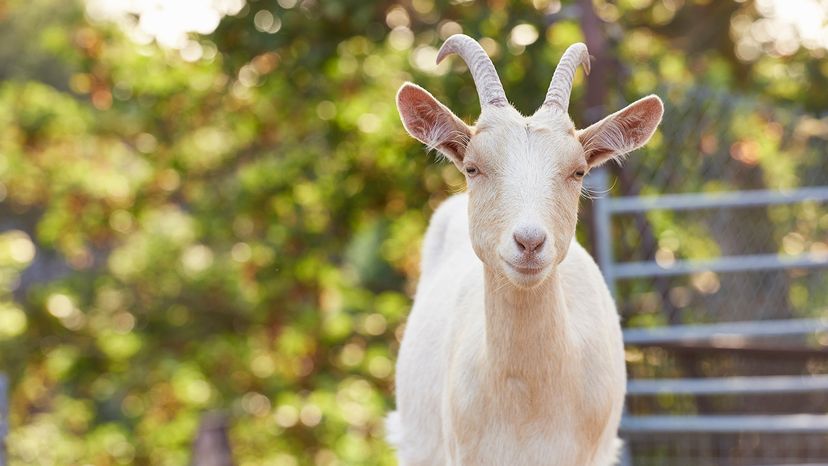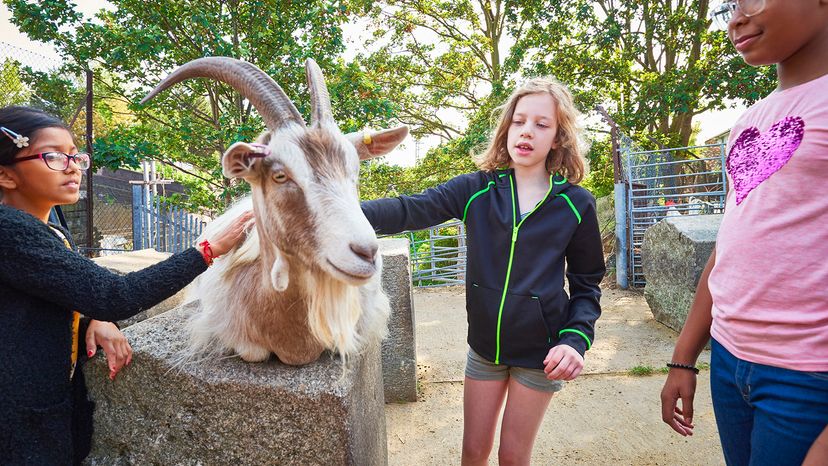
Though often confused, rams and goats are two distinct animals with different traits, behaviors, and roles in livestock farming. When comparing ram vs. goat traits, it helps to start with a clear understanding of what each term means.
Advertisement

Though often confused, rams and goats are two distinct animals with different traits, behaviors, and roles in livestock farming. When comparing ram vs. goat traits, it helps to start with a clear understanding of what each term means.
Advertisement
Adult male sheep are called rams. Sheep are domesticated hoofed mammals raised primarily for their wool, meat (mutton), and milk. Female sheep are called ewes, and young sheep are lambs.
Rams are known for their large, curved horns and thick, wool-covered bodies. Rams tend to be stockier with shorter legs and denser coats compared to goats.
Advertisement
Rams are especially aggressive during the breeding season and will head-butt other males to establish dominance. This head-to-head behavior is common among rams competing for females.

Goats are a separate species of livestock entirely. Male goats are often called bucks, and female goats are does.
The average goat has a leaner body, shorter fur-covered coat, and a curious nature. Goats tend to be more independent and exploratory than sheep.
Advertisement
Goats are excellent foragers and will eat grass, bushes, trees, and even bark. Their browsing habits make them useful in clearing pastureland.
Goat horns vary by breed but are usually narrower and more upright than ram horns. Goat tails also typically point upward, while adult sheep tails point downward and are often docked.
Advertisement
| Trait | Rams | Goats |
| Body | Rams are stocky with thick wool | Goats have more angular bodies with fur |
| Horns | The iconic horns of a ram spiral outward | Goat horns are straighter |
| Tail | Rams’ tails hang down | Goat tails point up |
| Legs | Rams are stockier with slightly shorter legs | Goats have longer legs relative to body size |
| Head | Rams have broader heads and deeper foreheads | Goats have relatively narrow heads |
In terms of coat, sheep have wool that's sheared for fiber, while goats have fur. Some goats, like the Angora or Cashmere breeds, are valued for their fine hair.
Advertisement

Goats are known for their curious and social behavior. They often interact with humans, climb structures and even nibble on objects.
Rams, on the other hand, can be territorial, especially during rut. Rams typically weigh more and have thicker skulls and heavier horns, adaptations that support their head-butting behavior during fights.
Advertisement
Both animals are prey species and exhibit herd behavior, but goats are more alert and nimble, while sheep prefer to stay in tightly grouped flocks.
Rams and goats both require good pasture and may be supplemented with hay or grain depending on season and nutritional needs. Goats are more likely to eat from elevated sources or trees, while sheep prefer ground-level feeding.
Advertisement
Rams are used to breed ewes and often kept separate except during mating season. Goats breed with does, and both bucks and rams can become aggressive around other males.
Farmers often manage breeding cycles to avoid unwanted pregnancies and maximize food and wool output.
Advertisement
Lambs and kids (baby goats) are typically born in spring. Proper management of breeding season ensures healthier offspring and optimal herd size.
Goat milk is commonly used in cheese and soap products, while sheep milk is more niche. Meat from goats is called chevon or cabrito; from sheep, it's called lamb (young) or mutton (older). Both provide valuable sources of food and clothing around the world.
We created this article in conjunction with AI technology, then made sure it was fact-checked and edited by a HowStuffWorks editor.
Advertisement
Please copy/paste the following text to properly cite this HowStuffWorks.com article:
Advertisement